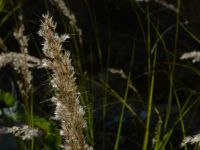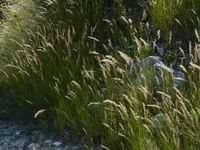List of species
bold
Dominant species, influencing the appearance of the habitat
 Character species
Character species
 Less strictly linked to a specific habitat
Less strictly linked to a specific habitat
Status
Status according to the habitat priority list at the national level
| National Priority | 4: weak national priority |
| Need to take action | 0: mesures needed |
| International responsibility | 1: weak |
Status on national Red List 2016
IUCN status: Near threatened

Additional information
IUCN criteria: A1,CD1a
- Legend
CO Collapsed CR Critically Endangered EN Endangered VU Vulnerable NT Near Threatened LC Least Concern
Regeneration status 2016
| Regeneration class | 3: 10 to 25 years |

